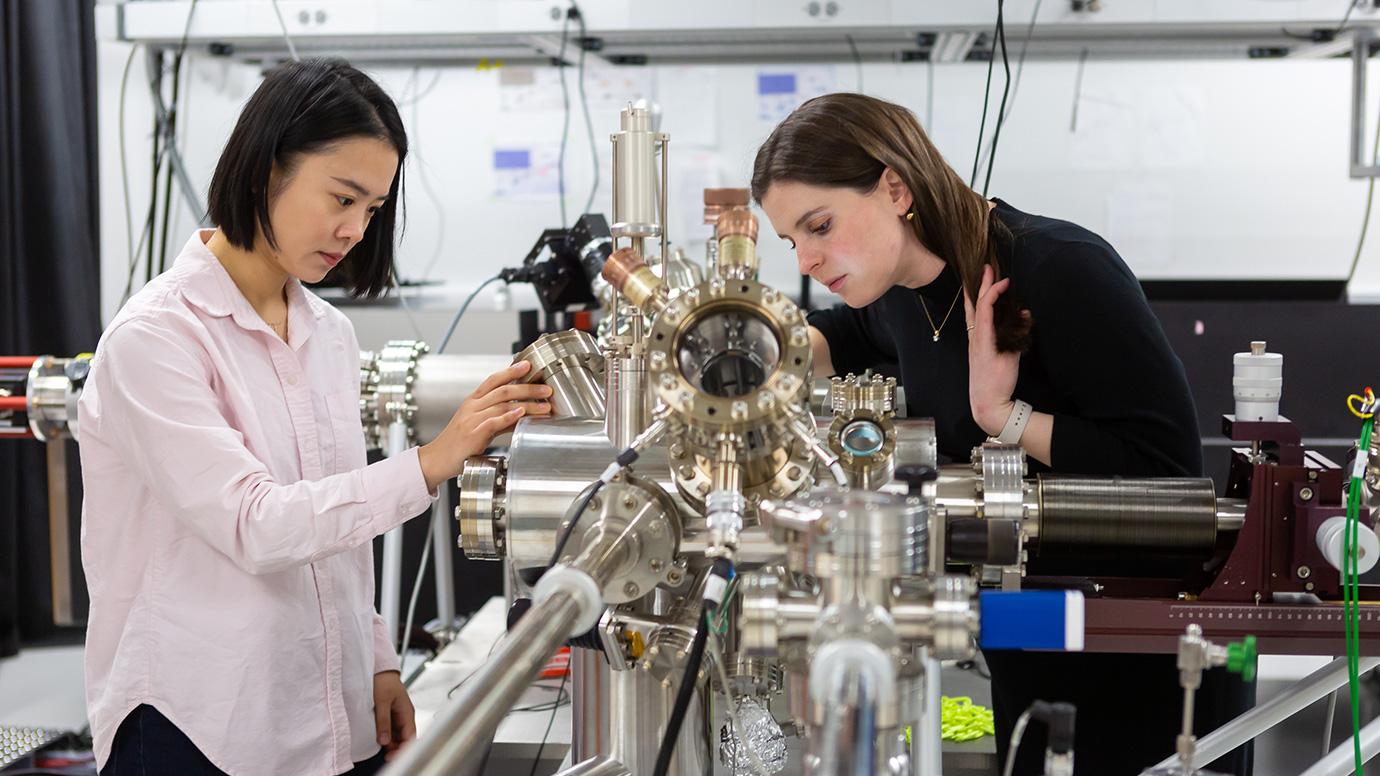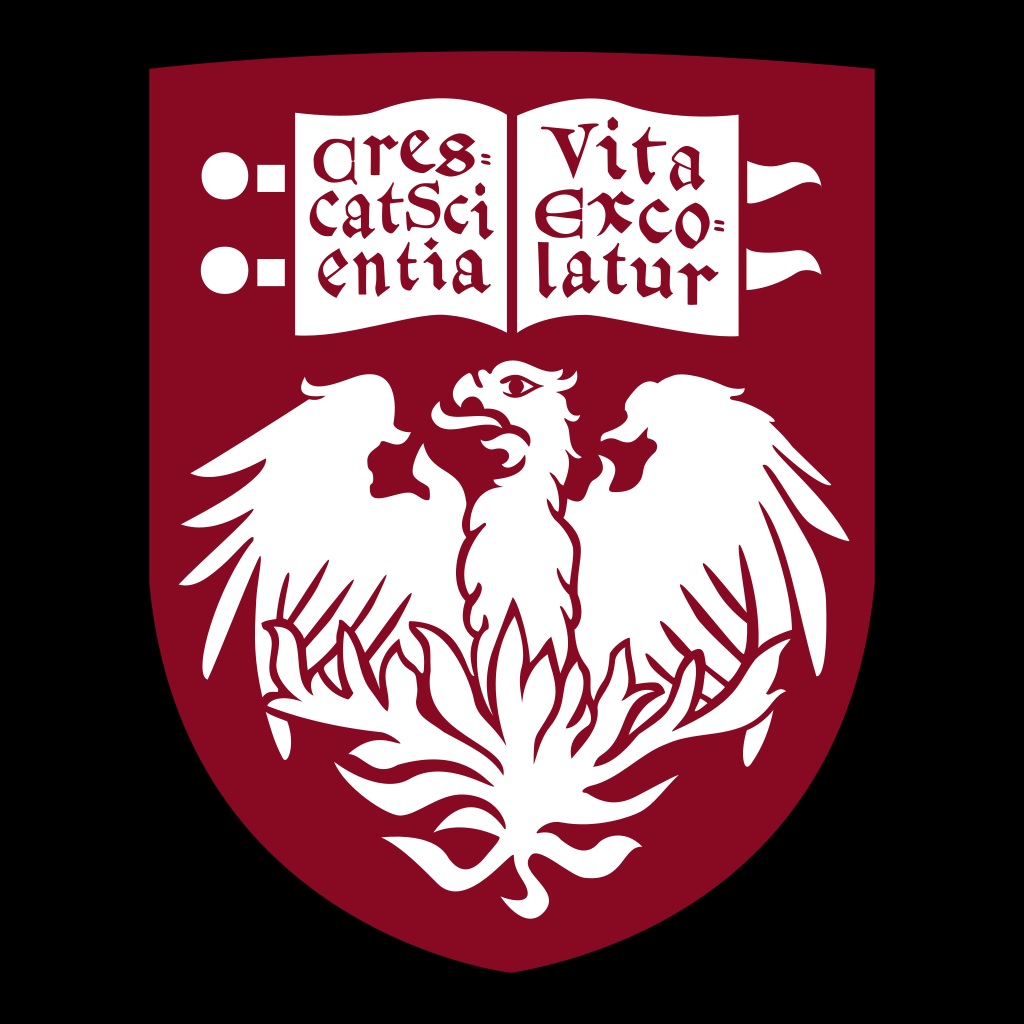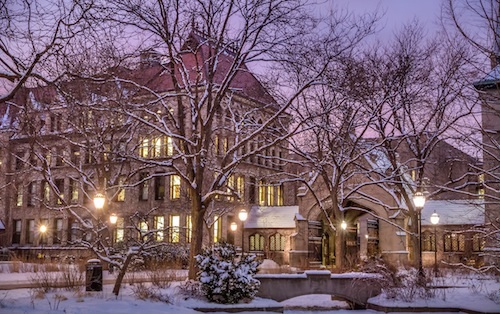From The University of Chicago
6.25.24
Brian Foley
Scientists with the University of Chicago have made significant strides in imaging antiferroelectric materials, a class of materials with unique electrical properties that could open up potential applications in energy storage, sensors, and memory devices.
It is crucial to understand the electronic properties of materials to advance cutting-edge technologies. However, researchers have faced challenges in imaging certain kinds of materials and in turn, discovering their true properties and potential.
“We demonstrated a new method for emerging antiferroelectric materials on the nanoscale,” said Sarah King, Asst. Prof. of Chemistry and senior author on the study. “I believe that having new imaging techniques with such high spatial resolution is incredibly powerful. It’s going to play a critical role in the development of new materials.”
The study was published June 14th in Science Advances.
Fig. 1. Polarization-dependent imaging of β′-In2Se3.

(A) Atomic structure of a supercell of β′-In2Se3. (B) Energy-level diagram of polarization-dependent two-photon PE process. CB, conduction band; VB, valence band. (C) Schematic of PD-PEEM for spatially dependent θTDM. White shading indicates maximum PE intensity. (D) Difference image from PD-PEEM with hν = 3.1 eV. (E) PE intensity versus laser polarization from the three regions indicated. Dots are normalized PE intensity, and curves are fits to Eq. 1 regions in (D). (F) Map of θTDM fit to each 2 × 2 binned pixel in the difference PD-PEEM data. Maps of R2 for all pixel-by-pixel fittings are shown in fig. S5. arb. u., arbitrary units.
See the science paper for further instructive material with images.

King and lab member Ruiyu Li adjust settings on instruments in the microscopy lab.
Taking a better picture
King’s lab uses electron microscopy to study materials to find out how they work and then customize them for various uses. In this case, her team examined materials that have a special ability known as antiferroelectricity.
Antiferroelectric materials are extremely valuable because of their special arrangement of electric dipoles – arrangements of partial positive and negative charges – which perfectly cancel each other out, resulting in no net positive or negative polarization in the material. Usually there are different ways the electric dipoles can order themselves, and they form what are known as “domains” with different alignments depending on how the material’s atoms are arranged.
Crucially, applying an electric field to an antiferroelectric material allows you to switch it to a higher energy state where the electric dipoles don’t cancel each other out. This switching behavior makes them particularly fascinating to scientists and engineers looking to unlock their potential, especially for electronics and energy storage.
However, developing these materials has presented challenges, especially when it comes to imaging and characterizing them for modification. Traditional imaging techniques often lack the necessary resolution and contrast to effectively study these materials and their dynamics.
“One of the major hurdles is that we don’t have a great way of determining whether something is antiferroelectric because we lack the means to visualize the domains,” explained King.
Determined to see their goals clearly, her lab has now pioneered a fresh approach that enables researchers to finally see their domains.
Finding the map
Building on an advanced microscopy technique called polarization-dependent photoemission electron microscopy, the group was able to image in detail the electronic properties and arrangement of domains in a commonly used antiferroelectric material known as indium selenide.
This new method combines polarized light from lasers with electron imaging and offers a more complete picture of a material’s properties—mapping the nanoscale arrangement and orientation of the antiferroelectric domains.
Thanks to this breakthrough in imaging technology, King envisions a future in materials science where scientists can thoroughly explore various aspects like domain switching in antiferroelectric and ferroelectric materials and phase transitions. She’s particularly interested in how different properties within materials interact to create ordered states, emphasizing the role order and hierarchy play in domain formation.
The first author on the paper is graduate student Joseph Spellberg; additional authors were undergraduate student Lina Kodaimati, postdoctoral researcher Prakriti Joshi, and graduate student Nasim Mirzajani, as well as Liangbo Liang with the DOE’s Oak Ridge National Laboratory.

See the full article here .
Comments are invited and will be appreciated, especially if the reader finds any errors which I can correct.
five-ways-keep-your-child-safe-school-shootings
Please help promote STEM in your local schools.
The University of Chicago is an urban research university that has driven new ways of thinking since 1890. Our commitment to free and open inquiry draws inspired scholars to our global campuses, where ideas are born that challenge and change the world.
We empower individuals to challenge conventional thinking in pursuit of original ideas. Students in the College develop critical, analytic, and writing skills in our rigorous, interdisciplinary core curriculum. Through graduate programs, students test their ideas with University of Chicago scholars, and become the next generation of leaders in academia, industry, nonprofits, and government.
University of Chicago research has led to such breakthroughs as discovering the link between cancer and genetics, establishing revolutionary theories of economics, and developing tools to produce reliably excellent urban schooling. We generate new insights for the benefit of present and future generations with our national and affiliated laboratories: the DOE’s Argonne National Laboratory, the DOE’s Fermi National Accelerator Laboratory , and the Marine Biological Laboratory in Woods Hole, Massachusetts.
The University of Chicago is enriched by the city we call home. In partnership with our neighbors, we invest in Chicago’s mid-South Side across such areas as health, education, economic growth, and the arts. Together with our medical center, we are the largest private employer on the South Side.
In all we do, we are driven to dig deeper, push further, and ask bigger questions—and to leverage our knowledge to enrich all human life. Our diverse and creative students and alumni drive innovation, lead international conversations, and make masterpieces. Alumni and faculty, lecturers and postdocs have gone on to become Nobel laureates, CEOs, university presidents, attorneys general, literary giants, and astronauts. The University of Chicago was founded in 1890. Its main campus is located in Chicago’s Hyde Park neighborhood. The University of Chicago is ranked among the top universities in the world by major education publications, and it is among the most selective in the United States.
The university is composed of one undergraduate college and five graduate research divisions, which contain all of the university’s graduate programs and interdisciplinary committees. Chicago has eight professional schools: the Law School, the Booth School of Business, the Pritzker School of Medicine, the School of Social Service Administration, the Harris School of Public Policy, the Divinity School, the Graham School of Continuing Liberal and Professional Studies, and the Pritzker School of Molecular Engineering. The university has additional campuses and centers in London, Paris, Beijing, Delhi, and Hong Kong, as well as in downtown Chicago.
University of Chicago scholars have played a major role in the development of many academic disciplines, including economics, law, literary criticism, mathematics, religion, sociology, and the behavioralism school of political science, establishing the Chicago schools in various fields. Chicago’s Metallurgical Laboratory produced the world’s first man-made, self-sustaining nuclear reaction in Chicago Pile-1 beneath the viewing stands of the university’s Stagg Field. Advances in chemistry led to the “radiocarbon revolution” in the carbon-14 dating of ancient life and objects. The university is also home to the University of Chicago Press, the largest university press in the United States. The Barack Obama Presidential Center is expected to be housed at the university and will include both the Obama presidential library and offices of the Obama Foundation.
The University of Chicago’s students, faculty, and staff have included many Nobel laureates. The university’s faculty members and alumni also include Fields Medalists, Turing Award winners, MacArthur Fellows, Marshall Scholars, Pulitzer Prize winners, National Humanities Medalists, living billionaire graduates, and a number of Olympic medal winners.
Research
The University of Chicago is classified among “R1: Doctoral Universities – Very high research activity” and is a founding member of the Association of American Universities and was a member of the Committee on Institutional Cooperation from 1946 through June 29, 2016, when the group’s name was changed to the Big Ten Academic Alliance. The University of Chicago is not a member of the rebranded consortium, but will continue to be a collaborator.
The university operates more than 140 research centers and institutes on campus. Among these are the Oriental Institute—a museum and research center for Near Eastern studies owned and operated by the university—and a number of National Resource Centers, including the Center for Middle Eastern Studies. Chicago also operates or is affiliated with several research institutions apart from the university proper. The university manages the DOE’s Argonne National Laboratory, part of the United States Department of Energy’s national laboratory system, and co-manages the DOE’s Fermi National Accelerator Laboratory, a nearby particle physics laboratory, as well as a stake in the the Apache Point Observatory in Sunspot, New Mexico.
______________________


______________________
Faculty and students at the adjacent Toyota Technological Institute at Chicago collaborate with the university. In 2013, the university formed an affiliation with the formerly independent Marine Biological Laboratory in Woods Hole, Mass. Although formally unrelated, the National Opinion Research Center is located on Chicago’s campus.


